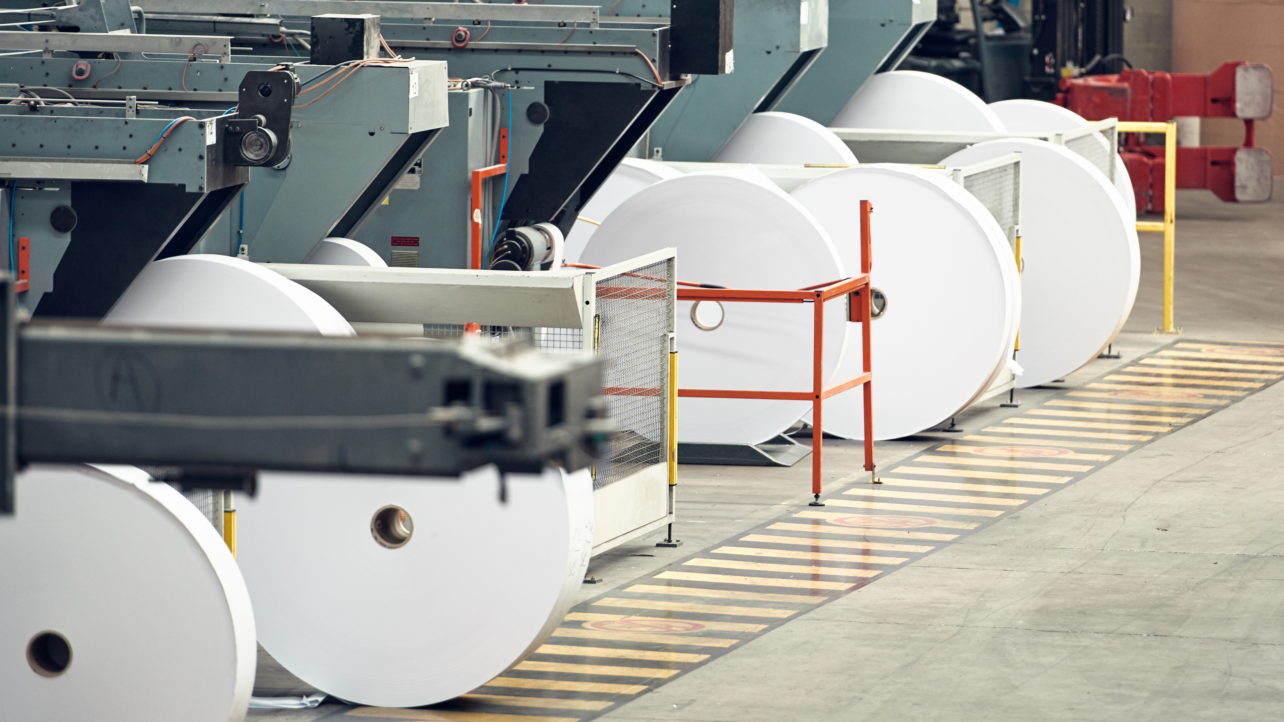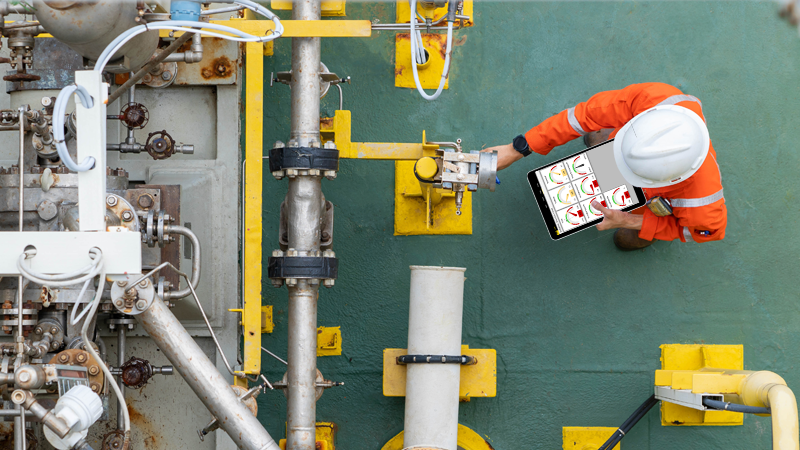Revolutionize your paper manufacturing with AI-driven optimization. Enhance efficiency, cut costs, and achieve autonomous operations like industry leaders Arjowiggins and Oji Paper. Embrace the future of smarter production!
Learn more

It’s more than just a hunch: digital transformation is taking manufacturing by storm. According to McKinsey, COVID-19 accelerated the adoption of digital transformation and digitally-enabled devices in manufacturing by approximately seven years. Remote work requirements, supply chain disruptions, and vastly fluctuating demands all played into this rapid acceleration of Industry 4.0 tools and technologies
This adoption of digital technologies is not just about cost savings, either. Only 10% of the oil and gas executives surveyed by McKinsey consider technology adoption as a means to save money. On the other hand, over 50% say they are investing in technology “for competitive advantage or refocusing their entire business around digital technologies.” These executives view Industry 4.0 as a crucial differentiator for their business—in some cases, 4.0 is the core of their business strategy.
As more oil and gas companies gear up for Industry 4.0 in the wake of COVID-19, it’s important to reflect upon the industry’s current state of digitalization. How did we get here and where are we heading?
By now, most people are familiar with the Internet of Things (IoT). These interconnected smart devices leverage sensors, clouds, and other technologies to expand the Internet beyond our standard devices (e.g. laptops, smartphones, etc.).
IoT can be found in multiple areas of our lives. Take the Smart TV as an example. These devices capture your favorite shows, display live tv, allow you to listen or watch third-party content, and even sync with other devices. If you have to leave your couch, you can pick up the same show where you left off by watching on your phone. In this example, your phone and your TV are both IoT.
IIoT stands for Industrial Internet of Things and is a subset of IoT. Unlike the IoT devices we might use in our everyday lives (smart thermostats, wearable health monitors, etc.), IIoT specifically refers to IoT devices used within industrial manufacturing.

IIoT refers to a system of sensors, instruments, machines, and other industrial devices networked via industrial management and/or business intelligence (BI) applications. In the world of manufacturing, IIoT is the connectivity between systems, machines, and people.
For many industries, COVID-19 was the digital transformation fulcrum point. It’s tempting to say that the oil and gas industry is no different, in both COVID-19 acting as the catalyst for 4.0 and the industry’s accelerated adoption. However, the reality is that the digital transformation landscape is different for the oil and gas industry.
Many oil and gas companies already lagged behind other industries in terms of adopting IIoT technologies. This is because there wasn’t a real driving force behind 4.0 adoption in the oil and gas industry until COVID-19 struck. Before this time, demand was never an issue and prices were high: in theory, digitalization wasn’t a necessity.
Before COVID-19, demand was never an issue and prices were high: in theory, digitalization wasn’t a necessity for the oil and gas industry.
COVID-19 lockdowns caused major disruptions to oil and gas demands. Remote working caused a different problem for oil and gas: with everyone cooped up at home, no one needed gasoline to travel to work. Air travel, for both business and pleasure, was almost nonexistent.
For the first time in a long time, oil and gas producers felt the impact on their bottom line as demand (and revenue) plummeted for months on end.
Despite this temporary setback in demand, global energy needs are still expected to grow by about 25% by 2040. If there’s one thing that companies have learned since 2020, it’s that demand fluctuations are a growing part of the wider manufacturing equation. These experiences have also shown energy companies aren’t currently as agile as they need to be.
Before these demand and revenue decreases, the sheer size and complexity of oil and gas companies made digital transformation feel like a huge lift with very little payoff. Smaller, more agile manufacturers may have felt pressure to transform and remain competitive, but this wasn’t a concern for many oil and gas companies. The historical high price of oil meant that operational excellence, at least by way of Industrial IoT, wasn’t a priority for the oil and gas industry.
Now that oil and gas producers have felt the pinch of change like other manufacturers, they are beginning to turn to digital tools that help them take control.
All of these factors mean that most oil and gas companies lag behind other industries when it comes to digital transformation. But that doesn’t mean they aren’t trying to catch up.
In a recent survey, 80% of oil and gas executives are investing at least a moderate amount in digital technology. In the same survey, 92% of oil and gas executives agreed that their company needs to “change the way it operates coming out of the current downturn.”
But what direction should oil and gas companies go, and how can they get there?
